Iran Press/ Iran news: Iranian traditional music is rich and holds a deep spiritual dimension. The tradition of Persian music dates back many centuries ago, and plenty of instruments have been created in Persia. Entering the world of Persian classical music is stepping into a world that arouses all the senses.
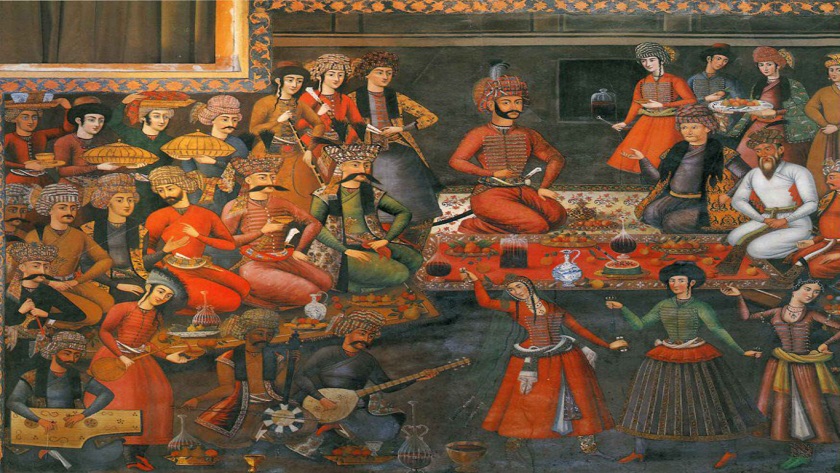 Safavid-era painting depicts Persian musical instruments at practice
Safavid-era painting depicts Persian musical instruments at practice
The Persian ney (sometimes spelled as nay, or nai) is a wind instrument from Iran. It consists of a hollow cylinder with finger-holes. Sometimes a brass or plastic mouthpiece is placed at the top to protect the wood from damage, but this plays no role in the sound production. It has a very compelling and engaging sound, perhaps "gut-wrenching" is the right term in English, unlike any other wind instrument.
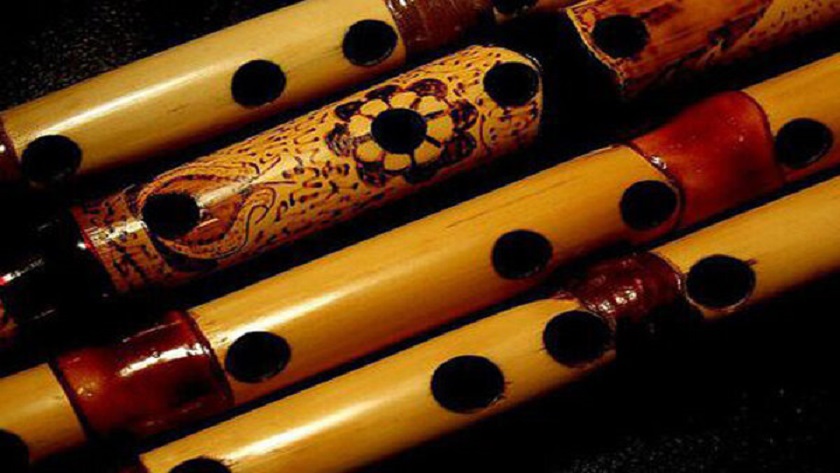
Ney history
The origin of the word ney dates back many years. In Sumerian culture, it is known that the ney came from the family of a wind instrument named "nai or nayi." Na used to be made from cane. The person who plays the ney is called "nayi" in Arabic and "neyzen" in Farsi.
Related Article: Oud Instrument; What Iran is known for
The history of the neyzen is associated with the "Mevlevi" order since it is considered a sacred instrument among Mevlevi sects. Rumi, the Iranian poet was the first known neyzen, and Kutbün nayi Hamza Dede was the head of Rumi's dervishes. The ney has become the most important instrument, not only in Iranian traditional music, but Sufism also in other Turkish music genres. In Sufi culture, the ney is a symbolic representation of the human.
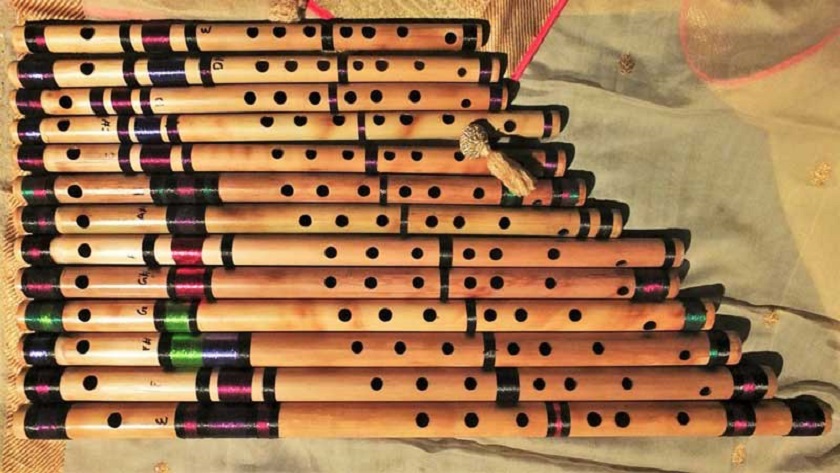
The ney is blown in a unique manner, which gives it its characteristic sound. The upper edge of the ney, which is just the top of a hollow cylinder, is placed between the two upper front teeth, inside the mouth. A small stream of air is directed with the tongue, and the upper lip surrounds the upper part of the ney. Moving the lip and tongue changes the pitch (up to a whole tone in both directions) and tone quality. Both timbre and loudness have infinite variety. This technique is very difficult to learn but once mastered gives great control over the sound, comparable only to the human voice. Advanced players control the amount of turbulence in the air stream allowing a large variety of sounds from pure tones to extremely breathy sounds.
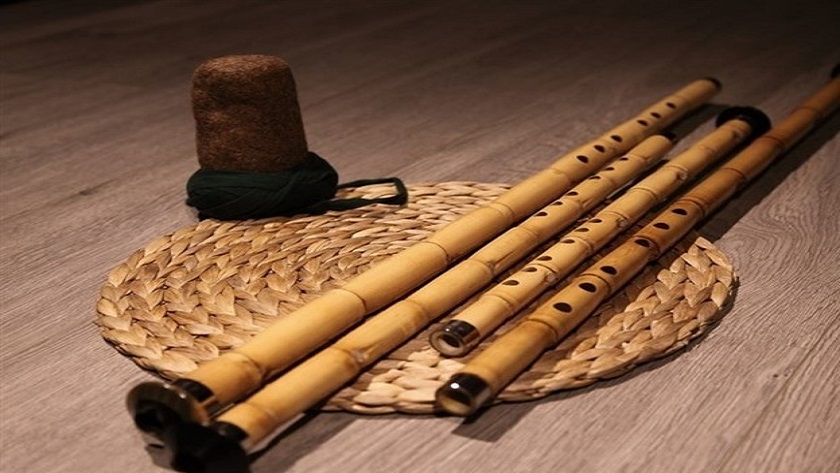
Neys come in all sizes, in a range limited only by the reach of the fingers (for big neys) and the thickness of the fingers (for small neys). Long neys are low-pitched, and short neys are high-pitched. I usually indicate the ney by the lowest note it produces, though the Iranian nomenclature identifies a ney by the lowest note in the third register, a fifth above the lowest note.
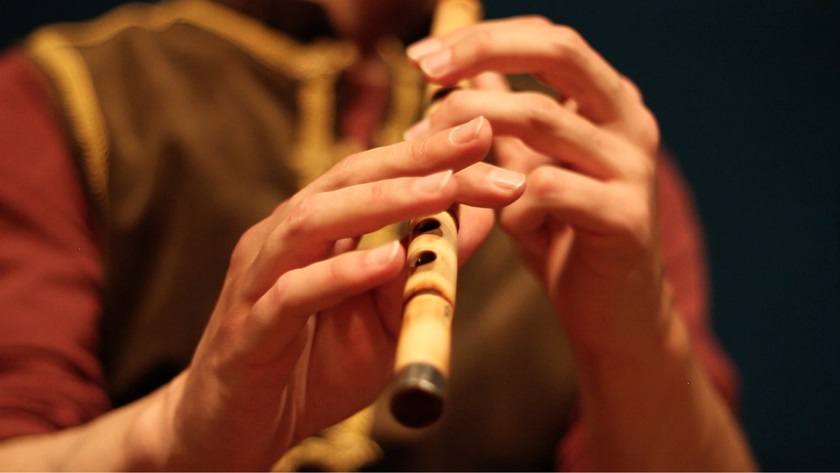
Iran possesses hundreds of traditional instruments, mostly string and percussion instruments. Most of them have spread to the whole region under the Persian Empires, up to Europe and Asia thanks to the Silk Road merchants. The following instruments are among the most iconic of Iranian traditional music. The Ney is an end-blown flute that is 5000 years old, thus, the oldest musical instrument still in use.
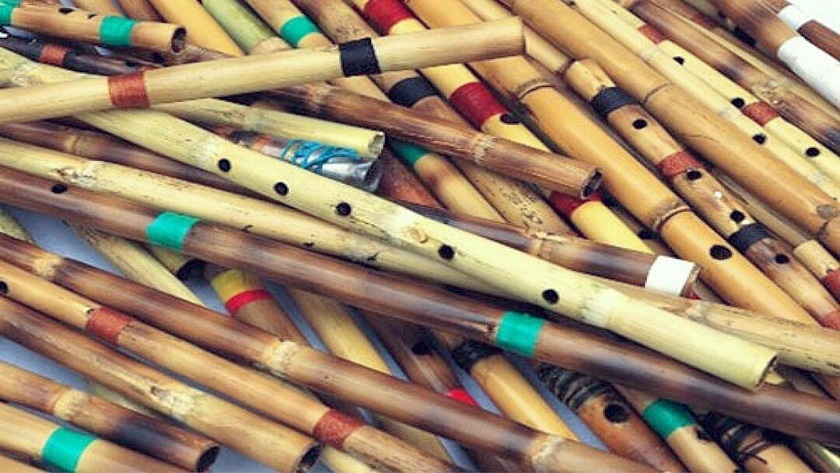
The Tradition of Persian classical music is still vividly alive in Iran, from highly respected masters to folk music played by rural people. It is one of the most important aspects of Persian culture, whose many forms can be experienced in all the cities and villages of Iran.
Read More:
Persian literature; what Iran is known for
Rumi; What Iran is known for
Ashkan Salehian

